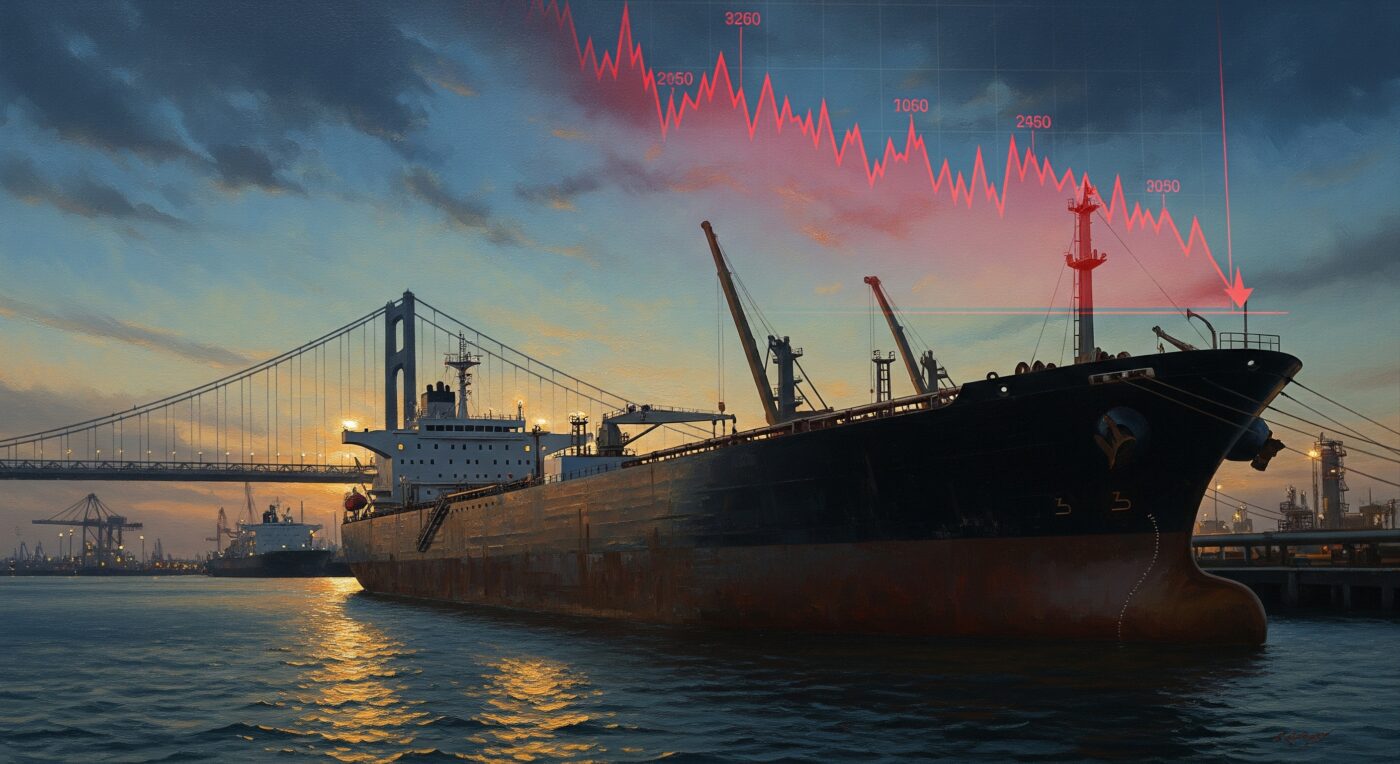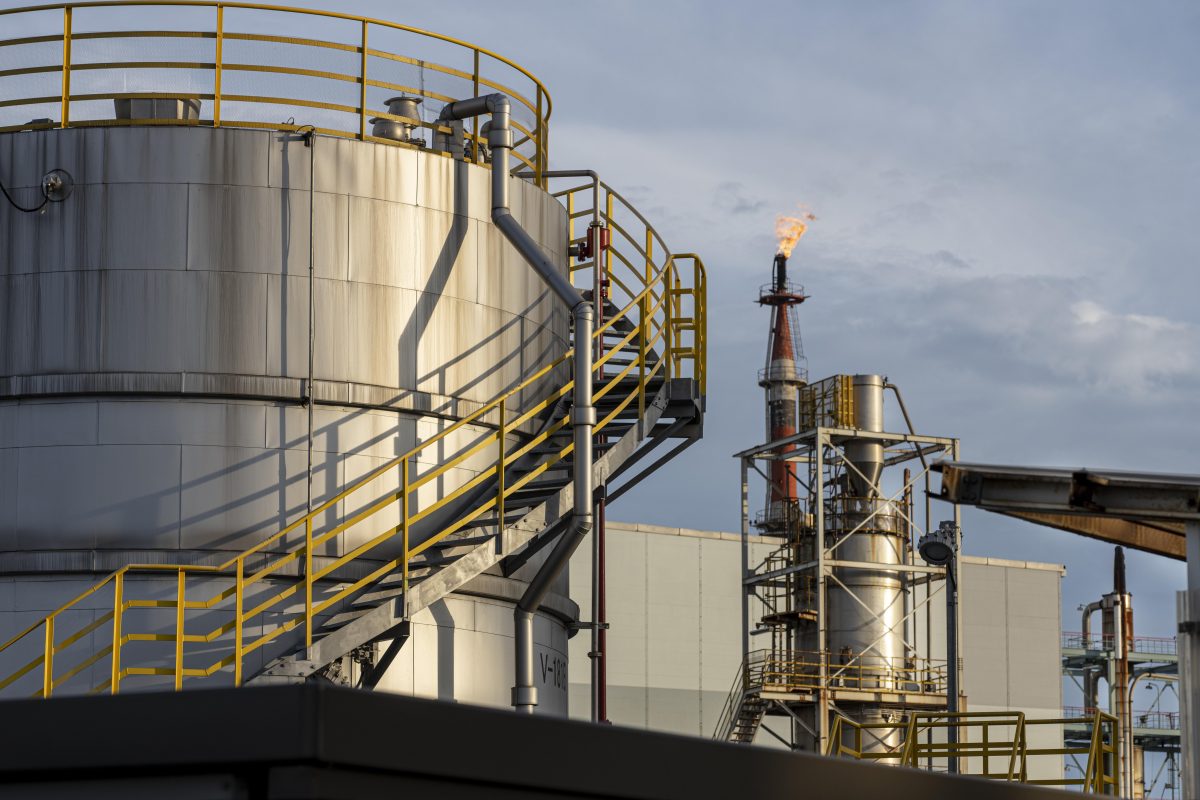
Oil Prices Fall as Market Eyes Trump-Putin Summit in Alaska
Crude oil prices declined on Friday as traders nervously watch the historic summit between U.S. President Donald Trump and Russian leader Vladimir Putin. The talks could directly impact sanctions related to the war in Ukraine and, consequently, global oil supply.
Brent crude futures fell 49 cents, or 0.7%, to $66.35 a barrel, while U.S. West Texas Intermediate (WTI) crude futures lost 58 cents, or 0.9%, to trade at $63.38.
High Stakes in Alaska: The Future of Russian Sanctions
A ceasefire in Ukraine is at the top of the agenda for the meeting in Alaska, and the market is weighing two potential outcomes:
If talks succeed: An agreement by Russia to end the war could lead to an easing of sanctions. This would allow more Russian oil to enter the global market, putting downward pressure on prices.
If talks fail: Trump has threatened to impose “secondary sanctions” on countries that continue to purchase Moscow’s oil. This would tighten global supply and push prices higher.
“The market is watching out for whether there is a ceasefire or not. An expectation of a ceasefire translates into more Russian production,” said UBS commodities analyst Giovanni Staunovo. “The question is will there be escalation or de-escalation?”
Slowing Chinese Economy Signals Weaker Oil Demand
Beyond geopolitics, weak economic data from China is also weighing on oil prices. Recent figures from the Chinese government showed:
- Factory output growth slumped to an eight-month low.
- Retail sales growth expanded at its slowest pace since December.
These numbers have raised concerns over fuel demand in the world’s second-largest oil consumer. Although refinery throughput was up 8.9% year-on-year, a simultaneous increase in oil product exports suggests that domestic fuel demand may be lower.
Market Surplus? OPEC+ and Major Institutions Forecast Oversupply
Market sentiment is further dampened by forecasts of a growing oil surplus. Analysts at Bank of America have widened their forecast for the surplus, citing growing supplies from the OPEC+ producer group. They now project an average surplus of 890,000 barrels per day from July 2025 through June 2026. This aligns with recent predictions from the International Energy Agency (IEA), which described the oil market as looking “bloated” following the latest output increases from OPEC+.
Author: Anna Hirtenstein
Source: Reuters



